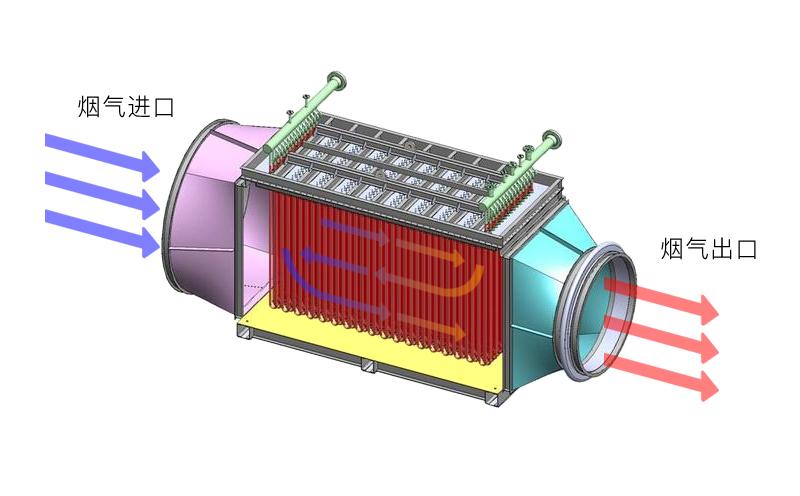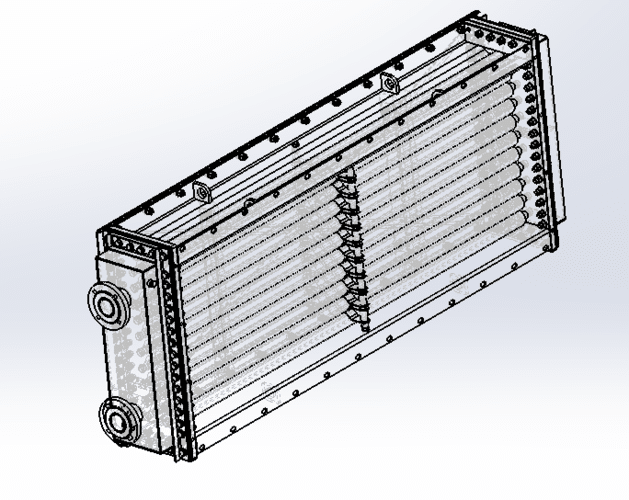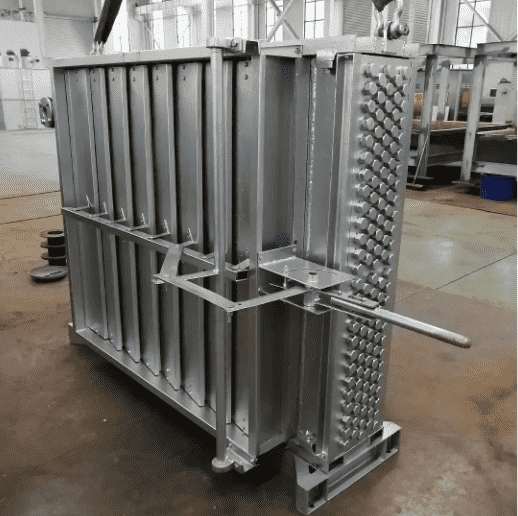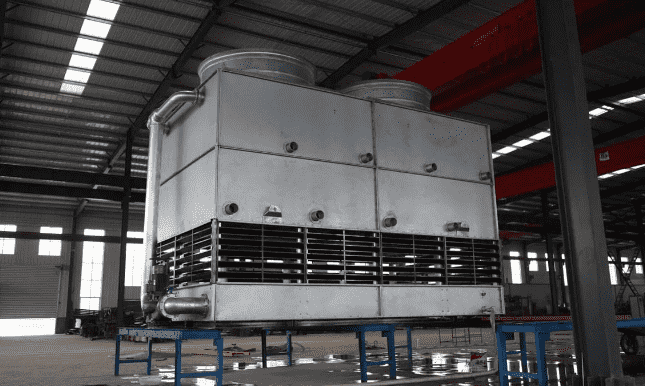1. The air cooler can be installed horizontally, horizontally, vertically or obliquely, but the condensed water of the cooler must flow down the fins, so as not to reduce the heat transfer performance and increase air resistance due to water accumulation in the fins;
2. The lower part of the air cooler should be equipped with a drip tray and a drain pipe. When the coolers are stacked, an intermediate drip tray and a drain pipe should be installed between the two coolers.
The drain pipe should be equipped with a water seal to prevent air from being sucked in.

3. According to the direction of air flow, the air coolers can be installed in parallel or in series. Generally, parallel connection should be used when there is a large amount of passing air; it should be connected in series when the air temperature drop is required to be large.
For air coolers connected in parallel, the water supply pipes should also be connected in parallel; for air coolers connected in series, the water supply pipes should also be connected in series.
Cold water and air should flow in opposite directions.

4. In the air cooler, the air and the refrigerant should flow in opposite directions. The mass flow rate on the windward side is generally 2.5-3.5kg/(㎡.s).
When the mass flow rate is greater than 3kg/(㎡.s), the cold water A mudguard should be added behind the device. For coolers with water spray devices, fenders should generally be installed.
5. The temperature of the cold water inlet of the air cooler should be at least 3.5°C lower than the dry bulb temperature of the air outlet, the temperature rise of the cold water should be 5-10°C, and the flow rate should be 0.6-1.5m/s.

The evaporation temperature of the refrigerant direct expansion air cooler should be at least 3.5°C lower than the outlet of the air; when the normal temperature air-conditioning system is fully loaded, the evaporation temperature should not be lower than 0°C; when the load is low, the surface should be prevented from frosting.
6. The number of cooler rows along the air flow direction generally adopts 4-6 rows, and should not exceed 8 rows.

7. When choosing an air cooler, a certain safety factor should be considered to increase the heat transfer area by considering factors such as surface ash and inner wall scaling.
In the process of operation, the method of reducing the initial temperature of water can also be used to make up for the decline of heat transfer coefficient.
